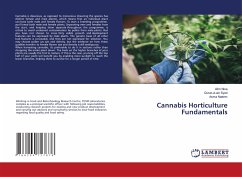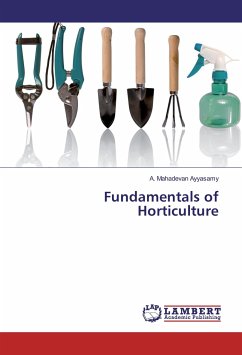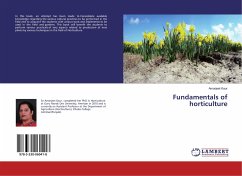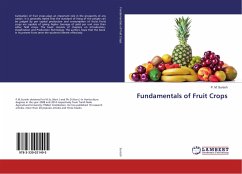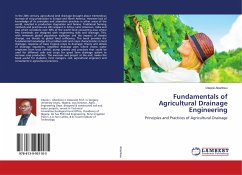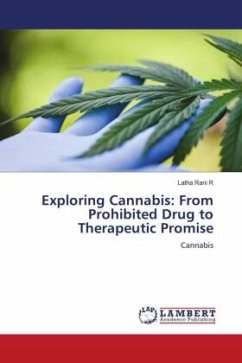Cannabis is dioecious, as opposed to monecious (meaning the species has distinct female and male plants), which means that an individual plant can have both male and female flowers. To start a breeding programme, you'll need both male and female plants. Separating men and females from the start, and keeping them separate throughout the programme, is critical to avoid undesired contamination by pollen from male plants that you have not chosen to cross. Only visible growth and development features can be expressed by male plants. The genetic basis of all other bud features is concealed, and they are not expressed for selection. You may choose pollen sac size and density, but the evidence on how these qualities transfer to female flower size and density is still ambiguous. When harvesting cannabis, it's preferable to do it in sections rather than chopping the entire plant down. The buds on the higher branches of your plants are usually the first to mature. If this is the case, pruning off the top half of your plant will benefit you by enabling more sunlight to reach the lower branches, helping them to survive for a longer period of time.
Bitte wählen Sie Ihr Anliegen aus.
Rechnungen
Retourenschein anfordern
Bestellstatus
Storno

